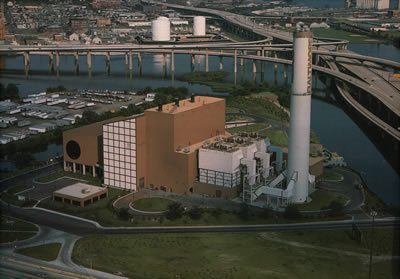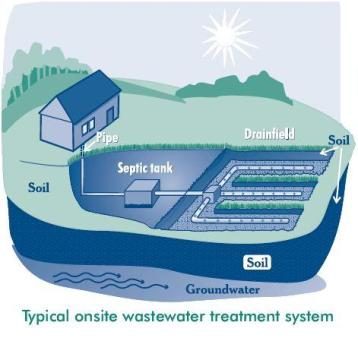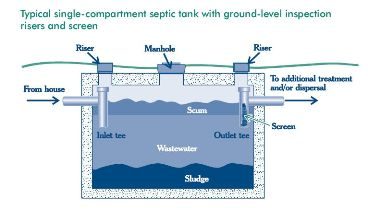Solar Energy Need to Know
If you are installing or have installed a photovoltaic (PV) system we have found some helpful resource to make it not only easier but safer for you and your home.
First if you are debating on installing the system as a DIY (do it yourself) then we found a resourced guide that can save you time and money and best of all it’s free. It is a guide on installing PV systems by the California Energy Commission as part of their Renewables Buydown Program. This guide is for the current state-of-the- art PV system installation, though revisions are set to made as the technology changes.
Second a telephone seminar on fire safety for PV systems will be held by the Interstate Renewable Energy Council (IREC) on April 30, 2008 at 2pm EDT. Various fire districts throughout the U.S. have been raising concerns about the safety of fire fighters in building with PV systems over the last several years. Most of the concern was how to ventilate a roof that was cover in solar panels and how to disconnect the live circuits with out being shocked. This lead to the California Solar Energy Industries Association (Cal SEIA) working with the California State Fire Marshall’s office to develop meetings between representatives from the solar industry and others interested in fire protection. They worked out some guidelines for PV fire safety. These guidelines are focused on required area needed on rooftops for access of firefighters to ventilate the roof in event of fire. You need to pre-register but any interested parties are able to attend, you will then be sent the access phone number a week before the event.
Auto Amazon Links: No products found.


 Burning trash is another option that is possible. In Baltimore City there is a plant, one of only 16 in the country, that has been doing it since 1984. Considering that at that time most plants of this type were still the dirty, polluting ones in our nightmares, it’s amazing that it is actually a source of pride to our city (at least the ones who realize it’s there and what it does). There is no haze that hangs around or odors that can be smelled miles away. The plant.
Burning trash is another option that is possible. In Baltimore City there is a plant, one of only 16 in the country, that has been doing it since 1984. Considering that at that time most plants of this type were still the dirty, polluting ones in our nightmares, it’s amazing that it is actually a source of pride to our city (at least the ones who realize it’s there and what it does). There is no haze that hangs around or odors that can be smelled miles away. The plant. 
 There are a number of options for your
There are a number of options for your  The pipe carrys all the used (grey and black) water out of your home and into the working parts of the septic system.
The pipe carrys all the used (grey and black) water out of your home and into the working parts of the septic system.

 Go Orange! Starting in May 2007 any system that meets the EPA standards of emitting no more than 0.60 pounds of particulate matter per million BTUs of wood burned, or other fuel. These models have all been developed voluntarily to help make these systems more friendly to our environment. You can get a list of which systems have opted in to the EPA OWHH
Go Orange! Starting in May 2007 any system that meets the EPA standards of emitting no more than 0.60 pounds of particulate matter per million BTUs of wood burned, or other fuel. These models have all been developed voluntarily to help make these systems more friendly to our environment. You can get a list of which systems have opted in to the EPA OWHH 